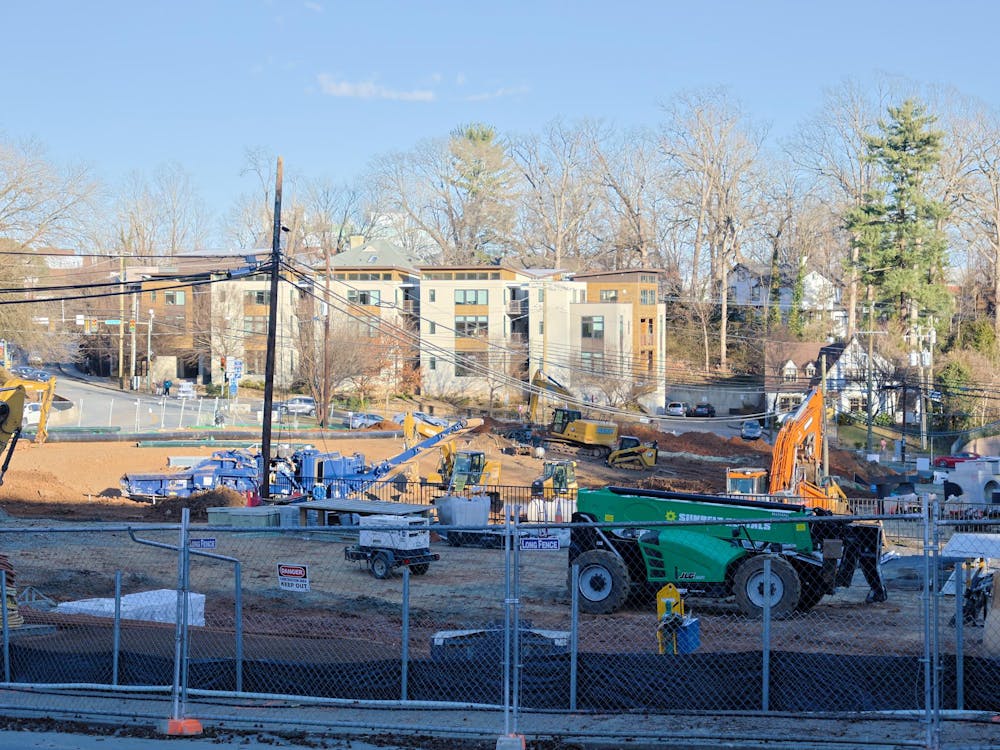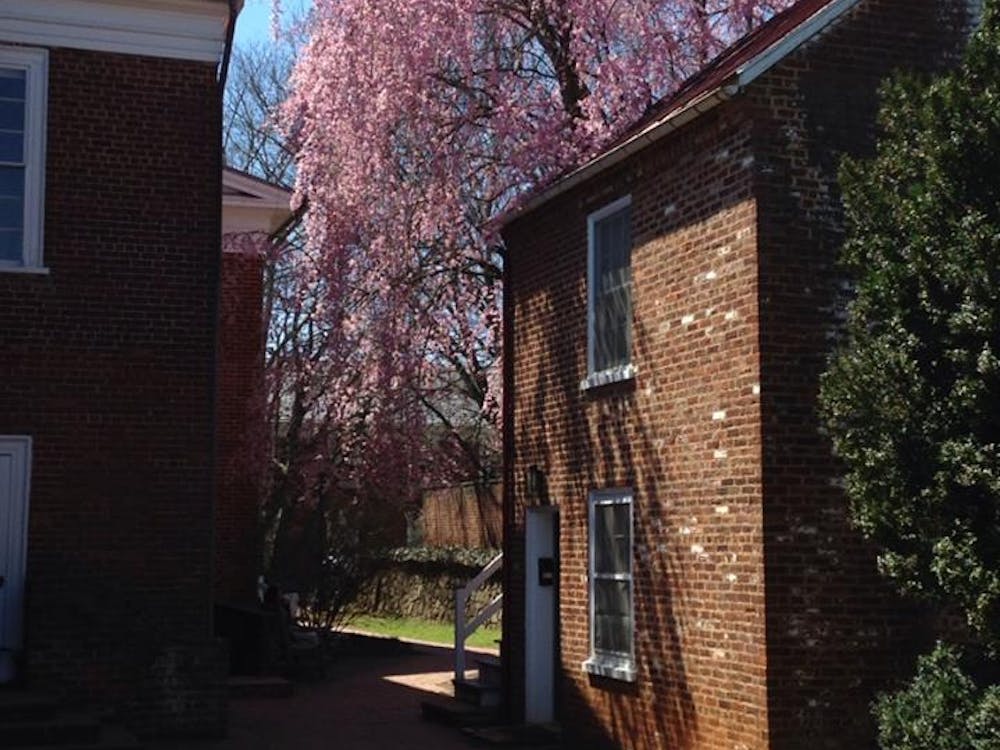ALTHOUGH admissions decisions were sent to the Class of 2012 barely three weeks ago, the University's Office of Admission is already gearing up for next year's applicant pool. The summer and fall months will be spent recruiting thousands of rising high school seniors to apply. For example, an April 20, 2008, New York Times article described Dean of Admissions John Blackburn traveling with counterparts from Harvard and Princeton to underrepresented regions last fall. Such efforts at increasing geographic diversity are commendable and must be continued. Although the University has made significant strides in recruiting more non-Virginians, it has also neglected to attract in-state students from all parts of the commonwealth.
Indeed, geographic diversity has greatly increased over the past decade. Today, international students account for five percent of the undergraduate body, and overall 31 percent of undergraduates are non-Virginians. However, while achieving these milestones, we have overlooked one of the most important and basic measures of diversity: the geographic origins of Virginians at the University. Although 69 percent of undergraduates come from the commonwealth, most of these students hail from a select few regions.
Statistics from the Institutional Assessment and Studies Web site show that rural areas, particularly in Central and Southwest Virginia, are underrepresented among the undergraduate population. Small mountain counties like Craig and Bland each have one student currently enrolled. In comparison, Fairfax County, which is overwhelmingly the largest single source of students, has a total of 2,543 residents in the undergraduate population. This represents 18.65 percent of all undergraduates and 27.41 percent of undergraduates from Virginia.
Of course, Fairfax and Craig Counties aren't directly comparable, as Fairfax County's 2006 population of 1,010,443 makes it over 195 times as large as Craig County. Nonetheless, the disparity between these counties illustrates overall regional disparities, and shows that proportionately rural counties are often underrepresented. As certain parts of the Commonwealth send thousands of students to the University, other large swaths of the state send a handful at most.
The regional divide is not only shown by comparing very rural and suburban areas, however. Disparities also exist between suburban areas. Virginia Beach, the largest city in Virginia with 435,619 residents in 2006, has 470 residents within the undergraduate population. In comparison, 425 undergraduates come from Henrico County, a suburb of Richmond that has barely two-thirds as many people as Virginia Beach. This difference between high-population areas, in which a county with two-thirds the population of Virginia Beach contributes nine-tenths as many students as that city, shows that geographic disparities transcend rural areas.
Increasing Virginia diversity does not necessitate imposing quota systems or discriminating against residents from certain geographic regions. Instead, it can be accomplished by reaching out to students who believe the University is financially or academically out of reach. Dean Blackburn's trips to Western Virginia are the type of extraordinary efforts necessary to convince students from small public high schools to apply to the University.
However, current efforts aren't sufficient. A.J. Delauder, a senior at St. Paul High School in far Southwest Virginia, described via e-mail her application process to the University. When a University admissions official visited her region, A.J. says "only three prospective undergraduate students attended." Within Southwest Virginia, "Not much is known about U.Va., and available information is somewhat skewed because of the impression of U.Va.'s College at Wise." She continues, noting "Students in my school have the misconception that U.Va. is just a larger version of the Wise campus and do not realize the caliber of admission standards and opportunities at U.Va."
Unless the University intensifies outreach measures, students like A.J. will continue to slip through the cracks. Although she applied, and was accepted to, the University, A.J. is the exception. The only member of her 36-person graduating class to consider the University, she is currently choosing whether to attend here or Virginia Tech. As her testimony shows, attracting geographically underrepresented, but qualified, students is simply a matter of making those students aware of our resources, support networks and opportunities.
Indeed, recent outreach efforts to underrepresented regions must be sustained and strengthened. We cannot declare victory simply because racial, ethnic, gender or religious diversity have greatly increased over the past three decades. The subject of geographic diversity within Virginia has been neglected, and as the state's flagship institution of higher education, we have an obligation to change that. Our next diversity mission should strive to ensure that the University truly reflects and represents the state whose name it bears.
James Rogers is a Cavalier Daily associate editor. He can be reached at jrogers@cavalierdaily.com.






